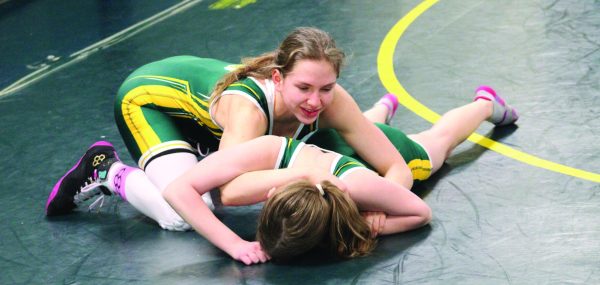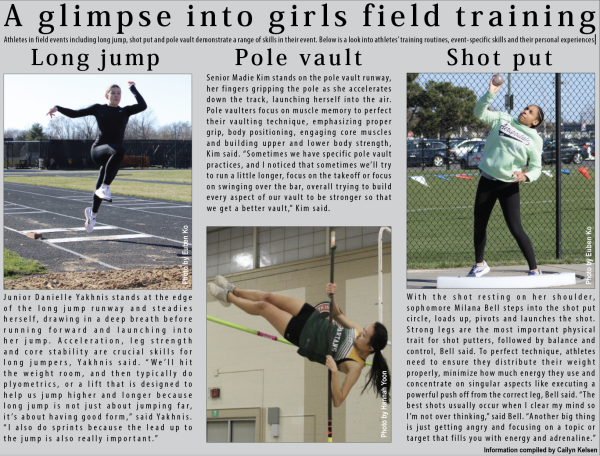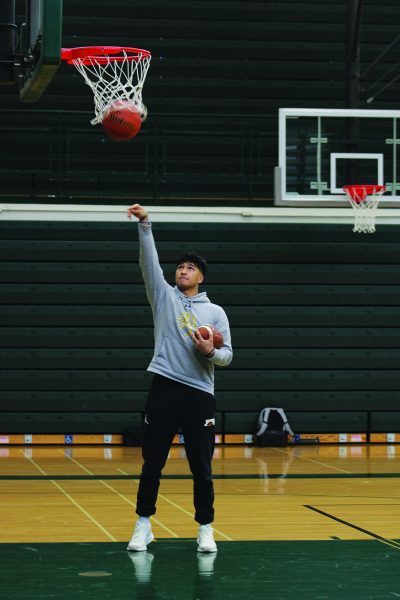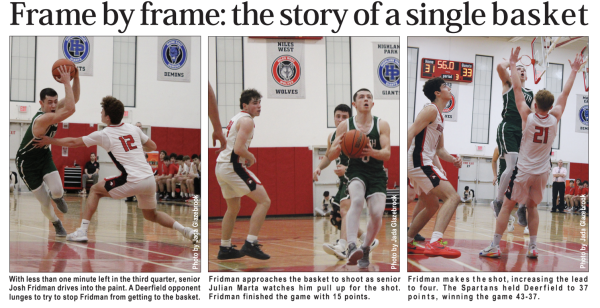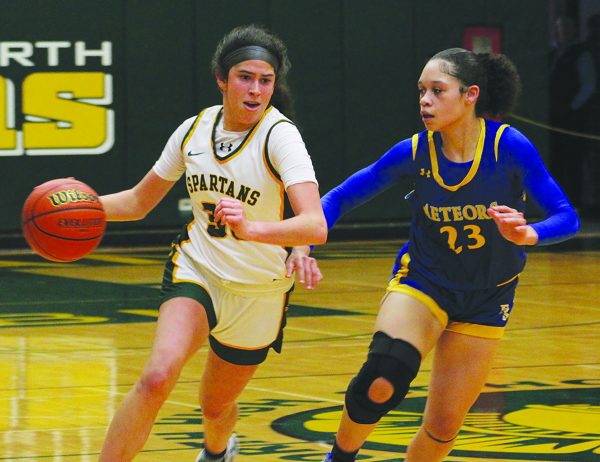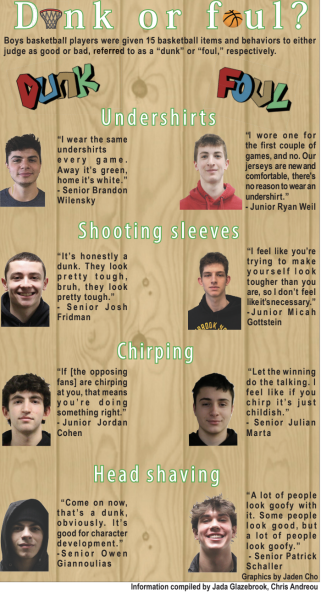Two sports can be too much to handle
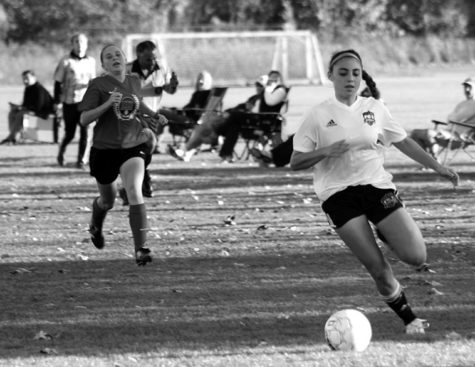
Every Monday last fall, sophomore Alyssa Nekritz would attend volleyball practice after school until 5:30 p.m., come home for an hour, then rush to soccer practice, which went until 8:30 p.m. After returning home, she would be up until 2:30 a.m. most nights finishing homework.
“Mentally, it could be really stressful and hard to organize everything,” said Nekritz. “Physically, it could wear down your body, and I was tired a lot.”
Athletic Trainer Tom O’Connell, who has his masters degree in athletic training, said a high level of physical activity for a few hours a day is far more beneficial than practicing four hours or more doing two sports, which makes it difficult to consistently perform at a high level.
“The biggest thing is [that] your body can only take so much exercise,” said O’Connell. “It needs time to remodel and to repair, and you don’t get that when you’re going on two sports. [As a result], you start to see a lot of strains and stress fractures, and your body starts to break down.”
With Nekritz up late most nights to finish school work, she was unable to get much sleep, making her stressed during the day.
“[Sleep is] part of your body’s recovery and your brain’s recovery,” said O’Connell. “When you don’t get it, then eventually you start to see your body deteriorate with sickness or poor performance brain-wise, [as well as] memory issues and learning issues.”
Nekritz said that along with the mental and physical challenges of doing two sports in one season, it took a toll on her social life as well.
“I didn’t have as much of [a] social life as I would have if I didn’t do both sports, so it was kind of like a give and take,” Nekritz said.
The mental, physical and social stress of playing two sports in a season caused her to not try out for volleyball this year, opting to play only soccer, Nekritz said.
For others, dealing with the challenges of doing two sports in one season has not been an issue.
Freshman Olivia Kosla, who participates in both cross country and club soccer in the fall, has found playing two sports to be a fun experience.
“It keeps me in shape, I meet new people, I have a lot of friends on these teams and it’s just fun,” Kosla said.
Bob LeBlanc, girls cross country head coach, said although he believes athletes should not participate in two sports at one time, there are some upsides.
“I wouldn’t say there [are] no benefits,” said LeBlanc. “I mean, being part of a team, learning to manage your time, being a committed athlete and, for some sports, practicing those skills for the next season I think are all certainly benefits.”
For athletes thinking about participating in two sports in a season, or even for those who already do, O’Connell said the choice is specific to each student, but the cons outweigh the pros.
“My advice [on whether to do two sports in one season or not] would probably be no, but first I would ask them why they want to do two,” said O’Connell. “Why is it important to do two? How much time is each one going to take? Could you possibly do two sports in one season? Maybe, depending on the sports and depending on the time requirements, but overall, no, I don’t think it’s a good idea. I think it will eventually lead to problems.”


